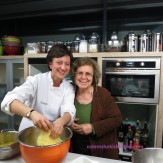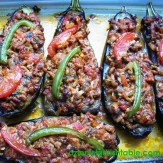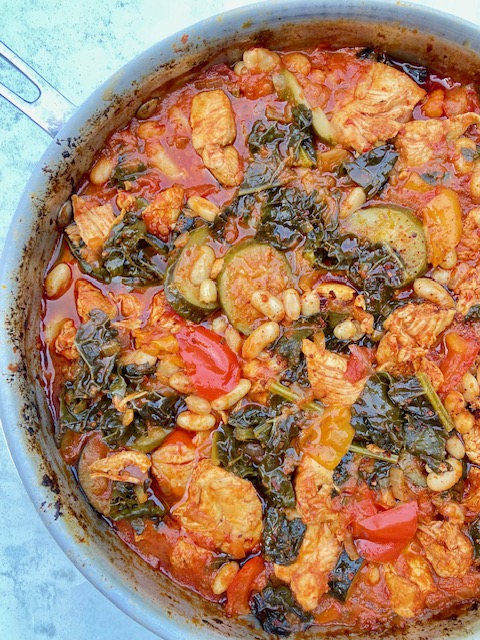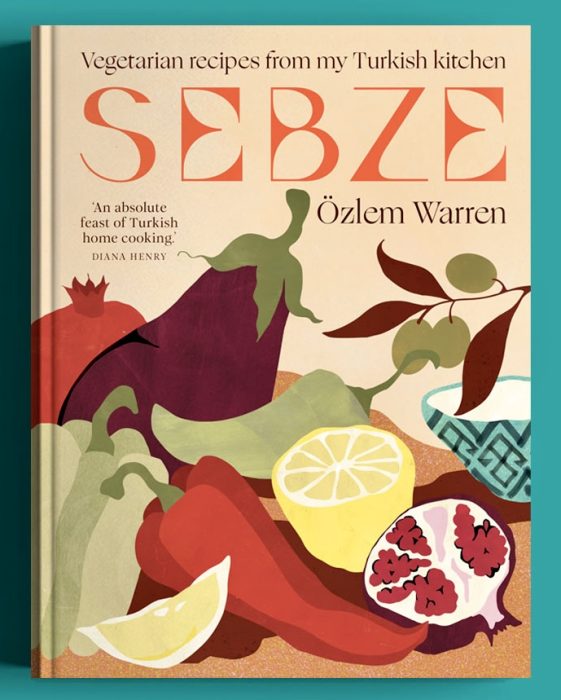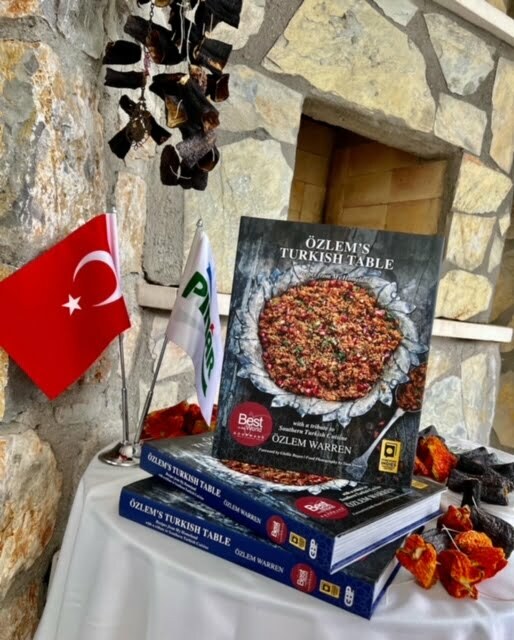Pilaf, or pilav as we call, is an important dish for us, Turks. It accompanies almost every Turkish meal, including our casseroles, meatballs. The iconic Turkish bean stew, kuru fasulye is always served with pilav, the combination referred as “kuru fasulye – pilav”. Combined with chickpeas, Nohutlu Pilav is another delicious variation and a much loved street food- a meal in itself with pickles, tursu aside.
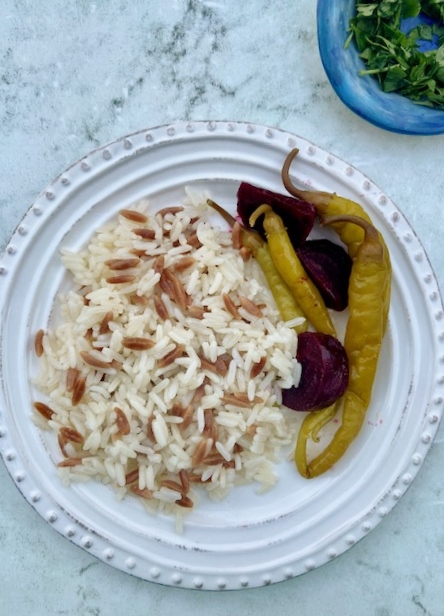
Turks are passionate about making pilav. Proper Turkish pilav needs to be grainy, “tane tane pilav” as we say, and mastering to make it properly is a real test, traditionally, for a Turkish lady before marriage. Rinsing then soaking the rice in warm water is an important stage, as it helps to get rid of excess starch and make the rice grainy. We also use either chopped vermicelli like tel sehriye or orzo like arpa sehriye which is sautéed in our rice, which adds additional texture and flavour. Short grain baldo rice is the preferred choice in Turkiye, though I prefer the more widely available long grain rice. Make sure to let your rice rest for 10 minutes, covered with sturdy paper towel and lid, before serving – paper towel will absorb any excess moisture and make your rice grainy, “tane tane.”
Afiyet Olsun,
Ozlem
- 200g long grain rice
- 2tbsp olive oil
- 3tbsp orzo (or tel sehriye, chopped vermicelli)
- 420ml hot water
- sea salt and freshly ground black pepper
- Place the rice in a strainer and rinse under running warm water, until the water runs clear. Then place the rice in a bowl and cover with warm water with a pinch of salt and set aside for 15 minutes – this will help get rid of the excess starch.
- Pour in the olive oil in a medium size pot and stir in the orzo or tel sehriye, vermicelli, sauté over medium to high heat for 3-4 minutes, until it starts to turn dark golden. Drain the excess water in the rice bowl using a strainer and stir the rice into the pot. Stir and combine for 1 – 1 ½ minutes, so that the rice grains coat with the oil too.
- Stir in hot water, season with salt and freshly ground black pepper and mix to combine. Cover, bring the pot to the boil, and then turn the heat to low. Simmer for 15 minutes, covered; during this cooking time, do not stir the rice. Turn the heat off once the rice is cooked and water is absorbed. Now place 2 sturdy paper towels or clean tea towel over the pot and put the lid back on to seal, and leave to rest for 12-15 minutes. The paper towels will absorb any excess moisture and make your rice grainy, “tane tane pilav”, as we say in Turkish. Fluff the rice with a fork, check the seasoning and add more salt or pepper to your paste and serve. We love pilav rice with pickles, tursu and a dollop of yoghurt aside, as well as along with casseroles.


